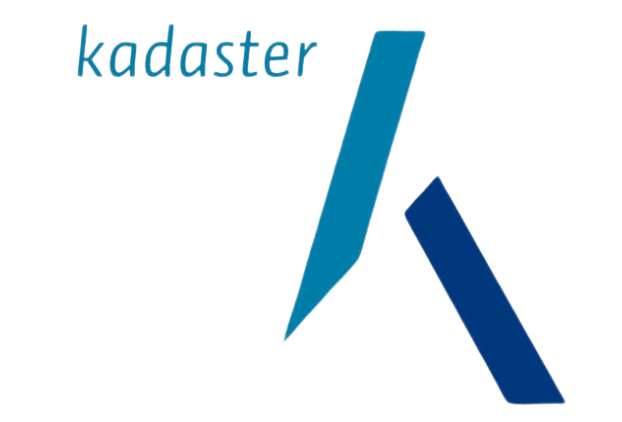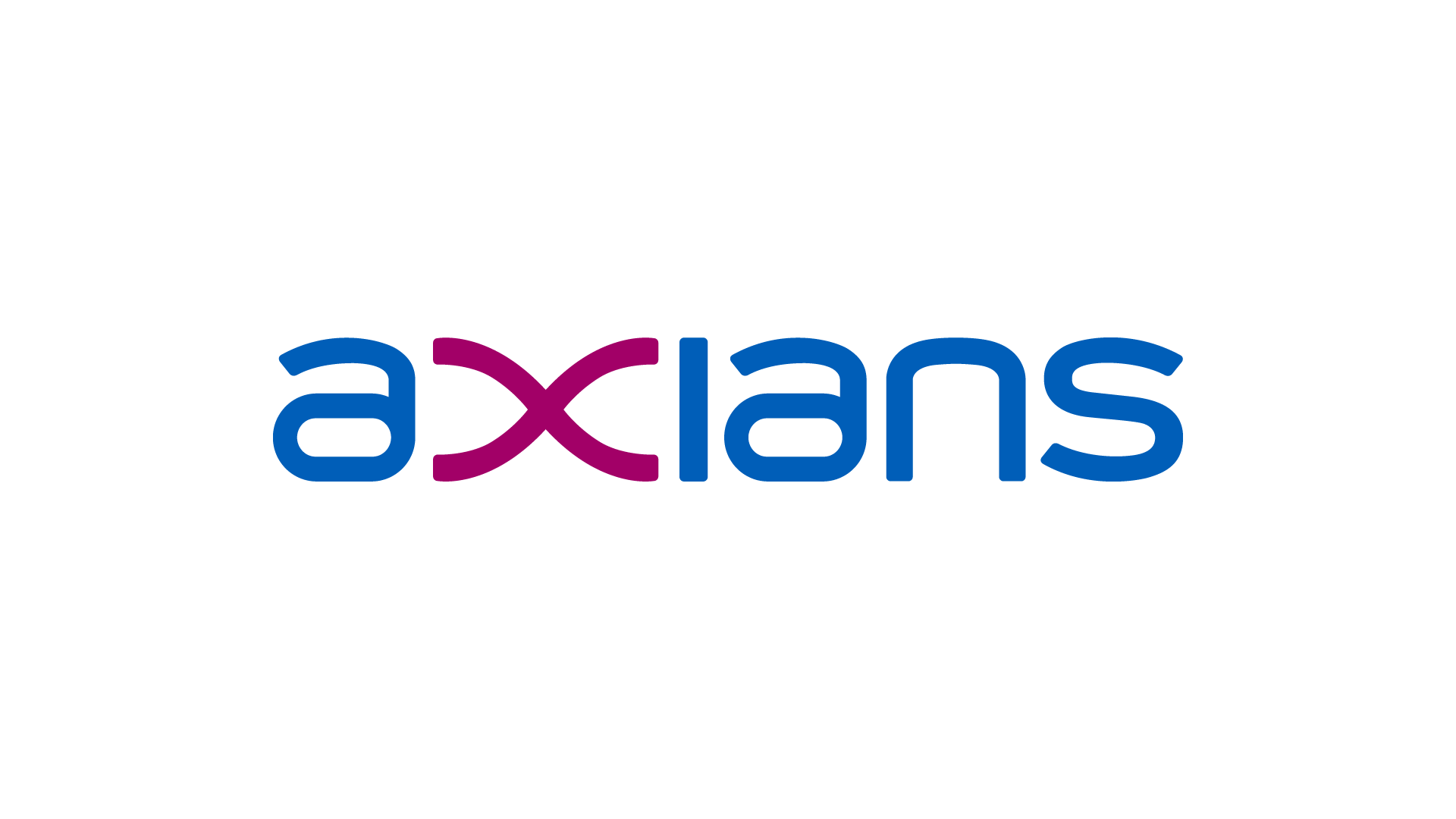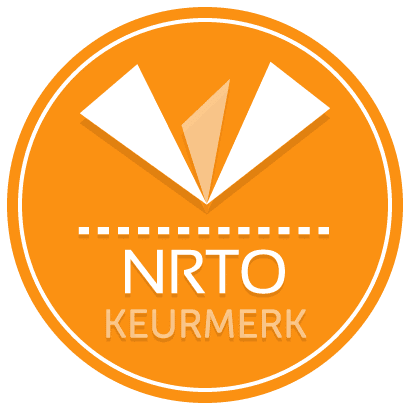Algemene omschrijving
The SC-100 E-Learning is entirely in English. As a Dutch IT training provider, we offer the information on this page in Dutch. At the bottom of the page, you will find a brief summary in English. The topics within the SC-100 E-Learning package itself are described in English.
De SC-100 E-Learning biedt jou een uitgebreide en praktijkgerichte leerervaring waarin je leert om cybersecuritystrategieën te ontwerpen en te evalueren. Verder is de SC-100 E-Learning uitermate geschikt voor ICT-professionals die zich willen specialiseren in het ontwerpen van beveiligingsoplossingen. Hierbij ligt de nadruk op belangrijke thema’s, zoals Zero Trust, Governance Risk Compliance (GRC), Security Operations (SecOps) en het beveiligen van data en applicaties.
Met de SC-100 E-Learning zul jij je verdiepen in het ontwerpen van Zero Trust-beveiligingsoplossingen en leer je beveiligingseisen specificeren voor cloudinfrastructuur binnen verschillende service-modellen zoals SaaS, PaaS en IaaS. Dankzij het praktijkgerichte SC-100 cursusmateriaal en een voorbereiding op het SC-100 examen, zul je kennis en vaardigheden verkrijgen die jij direct binnen complexe ICT-omgevingen toe kunt passen.
De SC-100 E-Learning biedt alles wat jij nodig hebt om je optimaal voor te bereiden op het SC-100 examen. Door de combinatie van het SC-100 cursusmateriaal, een MeasureUp-oefenexamen en een SC-100 examenvoucher, zul je optimaal voorbereid zijn op het afleggen van het SC-100 examen en het behalen van de SC-100 certificering.
Doelgroep
De SC-100 E-Learning is geschikt voor ICT-professionals die zich willen specialiseren in het ontwerpen en evalueren van cybersecuritystrategieën. Daarnaast biedt de SC-100 E-Learning hen de benodigde kennis en vaardigheden om succesvolle beveiligingsstrategieën te ontwerpen en toe te passen.
Dit betreft met name de volgende mensen:
- Beveiligingsarchitecten die verantwoordelijk zijn voor het ontwikkelen van beveiligingsoplossingen en -strategieën op basis van de principes van Zero Trust.
- Cybersecurityspecialisten die hun kennis en vaardigheden uit willen breiden op het gebied van Governance Risk Compliance (GRC), Security Operations (SecOps) en cloudbeveiliging.
- Cloudarchitecten die beveiligingseisen willen specificeren voor cloudinfrastructuur binnen service-modellen zoals SaaS, PaaS en IaaS.
- ICT-managers en ICT-consultants die strategische beveiligingsrichtlijnen willen implementeren en evalueren binnen complexe ICT-omgevingen.
- Ervaren ICT-professionals die hun expertise uit willen breiden en zich willen voorbereiden op het SC-100 certificeringsexamen.
- Professionals die binnen sectoren werken waarbij gegevensbeveiliging, naleving en cloudinfrastructuur een cruciale rol spelen, zoals:
- Financiën.
- Gezondheidszorg.
- Overheid.
- Consultancy.
Wat is inbegrepen
De SC-100 E-Learning biedt jou een complete leerervaring aan SC-100 lesmateriaal en hulpmiddelen om jou te helpen je optimaal voor te bereiden op het SC-100 examen en jouw kennis en vaardigheden op het gebied van cybersecuritystrategieën uit te breiden.
Hier is een overzicht van de inhoud van de SC-100 E-Learning:
- SC-100 cursusmateriaal
- Het SC-100 cursusmateriaal bestaat uit theorie en praktische voorbeelden om cybersecuritystrategieën te ontwerpen en evalueren. Hierbij ligt de nadruk op thema’s als:
- Zero Trust.
- Governance Risk Compliance (GRC).
- Security Operations (SecOps).
- Het beveiligen van data en applicaties.
- MeasureUp oefenexamen
- Oefen met behulp van een MeasureUp oefenexamen ter voorbereiding op het SC-100 examen.
- SC-100 examenvoucher
- Met een SC-100 examenvoucher kun je het SC-100 certificeringsexamen afleggen.
Voorkennis
Voordat je begint met de SC-100 E-Learning, raden wij aan dat jij over de volgende kennis en vaardigheden beschikt:
- Gevorderde kennis en vaardigheden in identiteits- en toegangsbeheer
- Voordat je begint met de SC-100 E-Learning, is het van belang dat jij beschikt over geavanceerde kennis en vaardigheden op het gebied van identiteits- en toegangsbeheer. Dit omvat diepgaande kennis van het beheren van gebruikersidentiteiten, toegangsrechten en authenticatieprocessen, wat cruciaal is voor het waarborgen van een veilige ICT-omgeving.
- Kennis van platformbescherming en beveiligingsoperaties
- Je dient uitgebreide kennis te hebben van platformbescherming en beveiligingsoperaties. Dit betreft het begrijpen van netwerkbeveiliging, het beveiligen van besturingssystemen en applicaties, en het beheren van beveiligingsincidenten en reacties, om een robuuste beveiligingsinfrastructuur voor hun organisatie te kunnen opbouwen.
- Ervaring met het beveiligen van gegevens en applicaties
- Een grondige ervaring met het beveiligen van gegevens en applicaties is een belangrijke voorwaarde. Je dient bekend te zijn met technieken en strategieën om gevoelige gegevens en bedrijfsapplicaties te beschermen tegen ongeautoriseerde toegang en cyberbedreigingen.
- Ervaring met hybride en cloudimplementaties
- De SC-100 E-Learning vereist dat jij ervaring hebt met hybride en cloudimplementaties. Kennis van het implementeren en beveiligen van cloudgebaseerde en hybride ICT-omgevingen is essentieel, aangezien deze vaak centraal staan in moderne cybersecurityarchitecturen.
Onderwerpen
Module 1: Build an overall security strategy and architecture
Learn how to build an overall security strategy and architecture.
Lessons:
- Introduction.
- Zero Trust overview.
- Develop Integration points in an architecture.
- Develop security requirements based on business goals.
- Translate security requirements into technical capabilities.
- Design security for a resiliency strategy.
- Design a security strategy for hybrid and multi-tenant environments.
- Design technical and governance strategies for traffic filtering and segmentation.
- Understand security for protocols.
- Exercise: Build an overall security strategy and architecture.
- Knowledge check.
- Summary.
After completing this module, students will be able to:
- Develop Integration points in an architecture.
- Develop security requirements based on business goals.
- Translate security requirements into technical capabilities.
- Design security for a resiliency strategy.
- Design security strategy for hybrid and multi-tenant environments.
- Design technical and governance strategies for traffic filtering and segmentation.
Module 2: Design a security operations strategy
Learn how to design a security operations strategy.
Lessons:
- Introduction.
- Understand security operations frameworks, processes, and procedures.
- Design a logging and auditing security strategy.
- Develop security operations for hybrid and multi-cloud environments.
- Design a strategy for Security Information and Event Management (SIEM) and Security Orchestration.
- Evaluate security workflows.
- Review security strategies for incident management.
- Evaluate security operations strategy for sharing technical threat intelligence.
- Monitor sources for insights on threats and mitigations.
After completing this module, students will be able to:
- Design a logging and auditing security strategy.
- Develop security operations for hybrid and multi-cloud environments.
- Design a strategy for Security Information and Event Management (SIEM) and Security Orchestration, A.
- Evaluate security workflows.
- Review security strategies for incident management.
- Evaluate security operations for technical threat intelligence.
- Monitor sources for insights on threats and mitigations.
Module 3: Design an identity security strategy
Learn how to design an identity security strategy.
Lessons:
- Introduction.
- Secure access to cloud resources.
- Recommend an identity store for security.
- Recommend secure authentication and security authorization strategies.
- Secure conditional access.
- Design a strategy for role assignment and delegation.
- Define Identity governance for access reviews and entitlement management.
- Design a security strategy for privileged role access to infrastructure.
- Design a security strategy for privileged activities.
- Understand security for protocols.
After completing this module, students will be able to:
- Recommend an identity store for security.
- Recommend secure authentication and security authorization strategies.
- Secure conditional access.
- Design a strategy for role assignment and delegation.
- Define Identity governance for access reviews and entitlement management.
- Design a security strategy for privileged role access to infrastructure.
- Design a security strategy for privileged access.
Module 4: Evaluate a regulatory compliance strategy
Learn how to evaluate a regulatory compliance strategy.
Lessons:
- Introduction.
- Interpret compliance requirements and their technical capabilities.
- Evaluate infrastructure compliance by using Microsoft Defender for Cloud.
- Interpret compliance scores and recommend actions to resolve issues or improve security.
- Design and validate implementation of Azure Policy.
- Design for data residency Requirements.
- Translate privacy requirements into requirements for security solutions.
After completing this module, students will be able to:
- Interpret compliance requirements and their technical capabilities.
- Evaluate infrastructure compliance by using Microsoft Defender for Cloud.
- Interpret compliance scores and recommend actions to resolve issues or improve security.
- Design and validate implementation of Azure Policy.
- Design for data residency requirements.
- Translate privacy requirements into requirements for security solutions.
Module 5: Evaluate security posture and recommend technical strategies to manage risk
Learn how to evaluate security posture and recommend technical strategies to manage risk.
Lessons:
- Introduction.
- Evaluate security postures by using benchmarks.
- Evaluate security postures by using Microsoft Defender for Cloud.
- Evaluate security postures by using Secure Scores.
- Evaluate security hygiene of Cloud Workloads.
- Design security for an Azure Landing Zone.
- Interpret technical threat intelligence and recommend risk mitigations.
- Recommend security capabilities or controls to mitigate identified risks.
After completing this module, students will be able to:
- Evaluate security postures by using benchmarks.
- Evaluate security postures by using Microsoft Defender for Cloud.
- Evaluate security postures by using Secure Scores.
- Evaluate security hygiene of Cloud Workloads.
- Design security for an Azure Landing Zone.
- Interpret technical threat intelligence and recommend risk mitigations.
- Recommend security capabilities or controls to mitigate identified risks.
Module 6: Understand architecture best practices and how they are changing with the Cloud
Learn about architecture best practices and how they are changing with the Cloud.
Lessons:
- Introduction.
- Plan and implement a security strategy across teams.
- Establish a strategy and process for proactive and continuous evolution of a security strategy.
- Understand network protocols and best practices for network segmentation and traffic filtering.
After completing this module, students will be able to:
- Describe best practices for network segmentation and traffic filtering.
- Plan and implement a security strategy across teams.
- Establish a strategy and process for proactive and continuous evaluation of security strategy.
Module 7: Design a strategy for securing server and client endpoints
Learn how to design a strategy for securing server and client endpoints.
Lessons:
- Introduction.
- Specify security baselines for server and client endpoints.
- Specify security requirements for servers.
- Specify security requirements for mobile devices and clients.
- Specify requirements for securing Active Directory Domain Services.
- Design a strategy to manage secrets, keys, and certificates.
- Design a strategy for secure remote access.
- Understand security operations frameworks, processes, and procedures.
- Understand deep forensics procedures by resource type.
After completing this module, students will be able to:
- Specify security baselines for server and client endpoints.
- Specify security requirements for servers.
- Specify security requirements for mobile devices and clients.
- Specify requirements for securing Active Directory Domain Services.
- Design a strategy to manage secrets, keys, and certificates.
- Design a strategy for secure remote access.
- Understand security operations frameworks, processes, and procedures.
- Understand deep forensics procedures by resource type.
Module 8: Design a strategy for securing PaaS, IaaS, and SaaS services
Learn how to design a strategy for securing PaaS, IaaS, and SaaS services.
Lessons:
- Introduction.
- Specify security baselines for PaaS services.
- Specify security baselines for IaaS services.
- Specify security baselines for SaaS services.
- Specify security requirements for IoT workloads.
- Specify security requirements for data workloads.
- Specify security requirements for web workloads.
- Specify security requirements for storage workloads.
- Specify security requirements for containers.
- Specify security requirements for container orchestration.
After completing this module, students will be able to:
- Specify security baselines for PaaS, SaaS and IaaS services.
- Specify security requirements for IoT, data, storage, and web workloads.
- Specify security requirements for containers and container orchestration.
Module 9: Specify security requirements for applications
Learn how to specify security requirements for applications.
Lessons:
- Introduction.
- Understand application threat modeling.
- Specify priorities for mitigating threats to applications.
- Specify a security standard for onboarding a new application.
- Specify a security strategy for applications and APIs.
After completing this module, students will be able to:
- Specify priorities for mitigating threats to applications.
- Specify a security standard for onboarding a new application.
- Specify a security strategy for applications and APIs.
Module 10: Design a strategy for securing data
Learn how to design a strategy for securing data.
Lessons:
- Introduction.
- Prioritize mitigating threats to data.
- Design a strategy to identify and protect sensitive data.
- Specify an encryption standard for data at rest and in motion.
After completing this module, students will be able to:
- Prioritize mitigating threats to data.
- Design a strategy to identify and protect sensitive data.
- Specify an encryption standard for data at rest and in motion.
English Summary
The SC-100 E-Learning provides a comprehensive and practical learning experience to design and evaluate cybersecurity strategies. It focuses on key topics such as Zero Trust, Governance Risk Compliance (GRC), Security Operations (SecOps), and securing cloud infrastructures across service models like SaaS, PaaS, and IaaS. With access to the SC-100 course materials, a MeasureUp practice exam, and an SC-100 exam voucher, you’ll gain the skills needed to pass the SC-100 certification exam and apply your knowledge within complex IT environments.

























